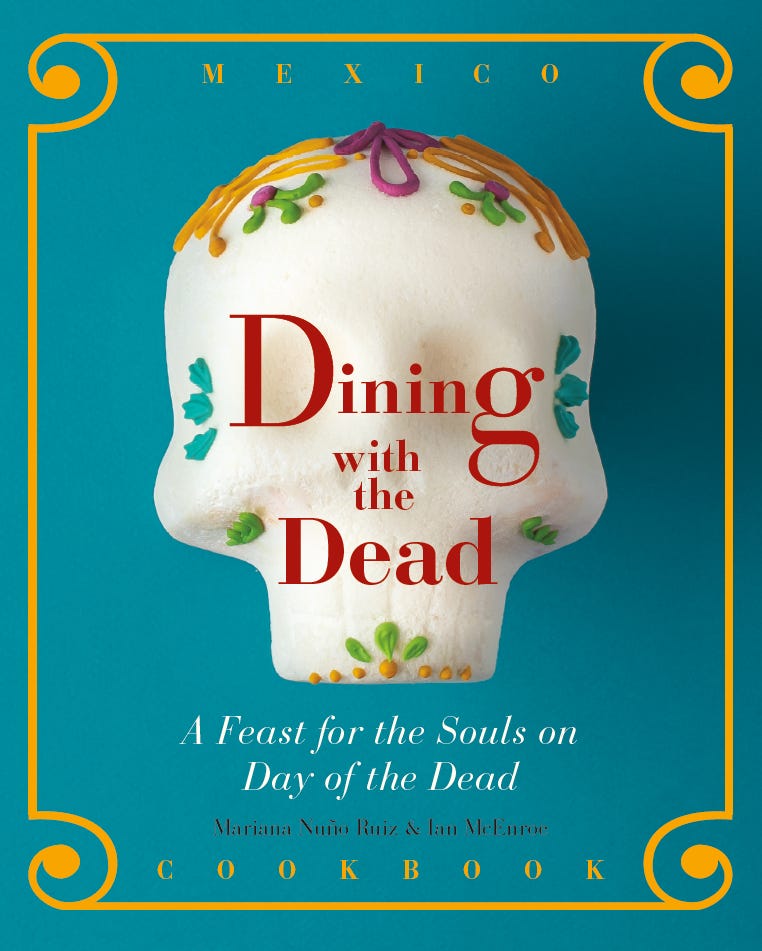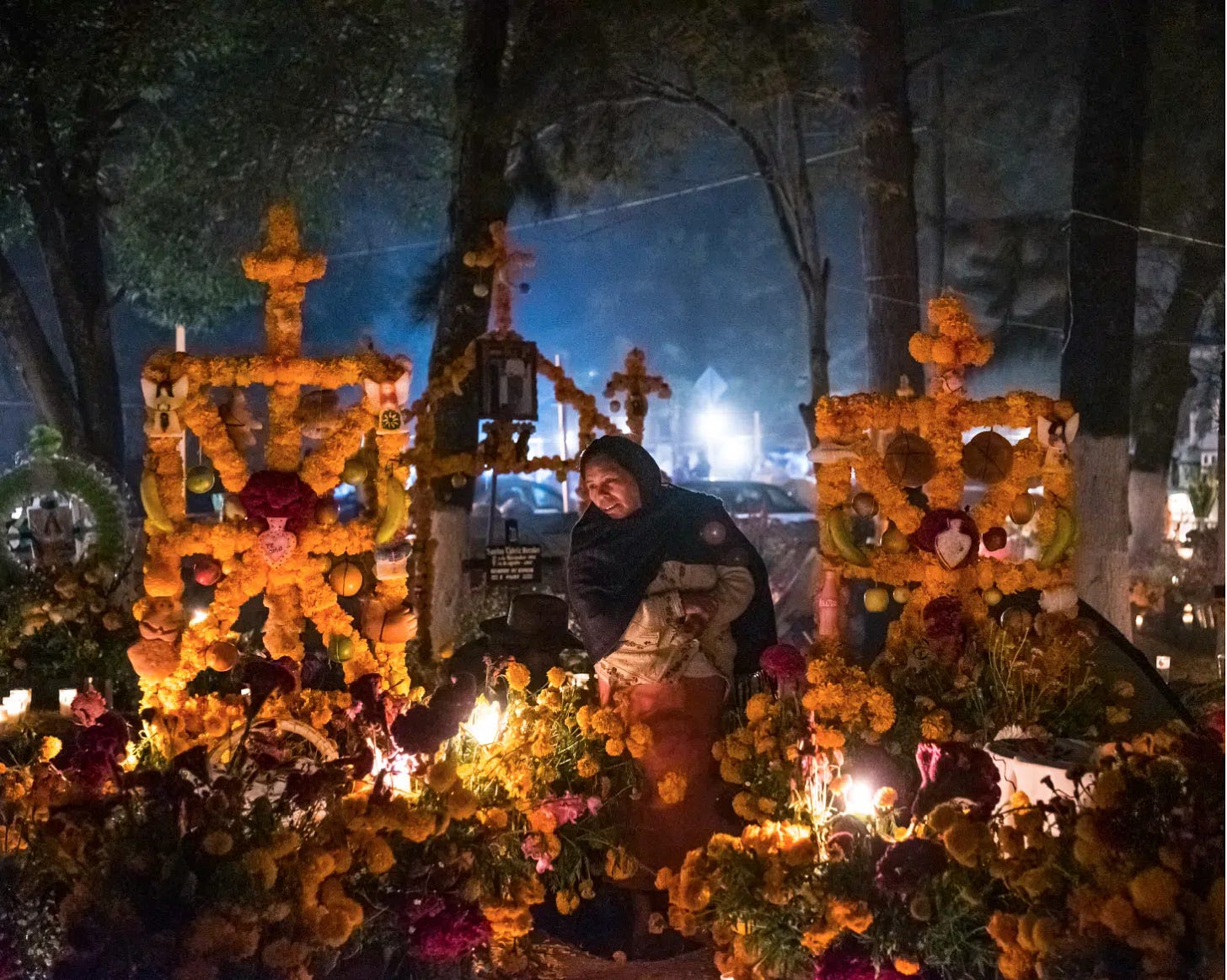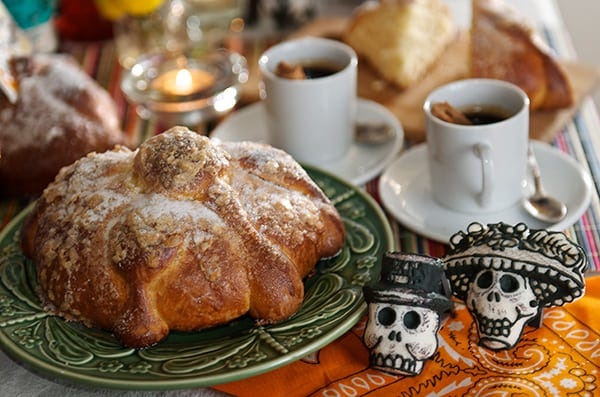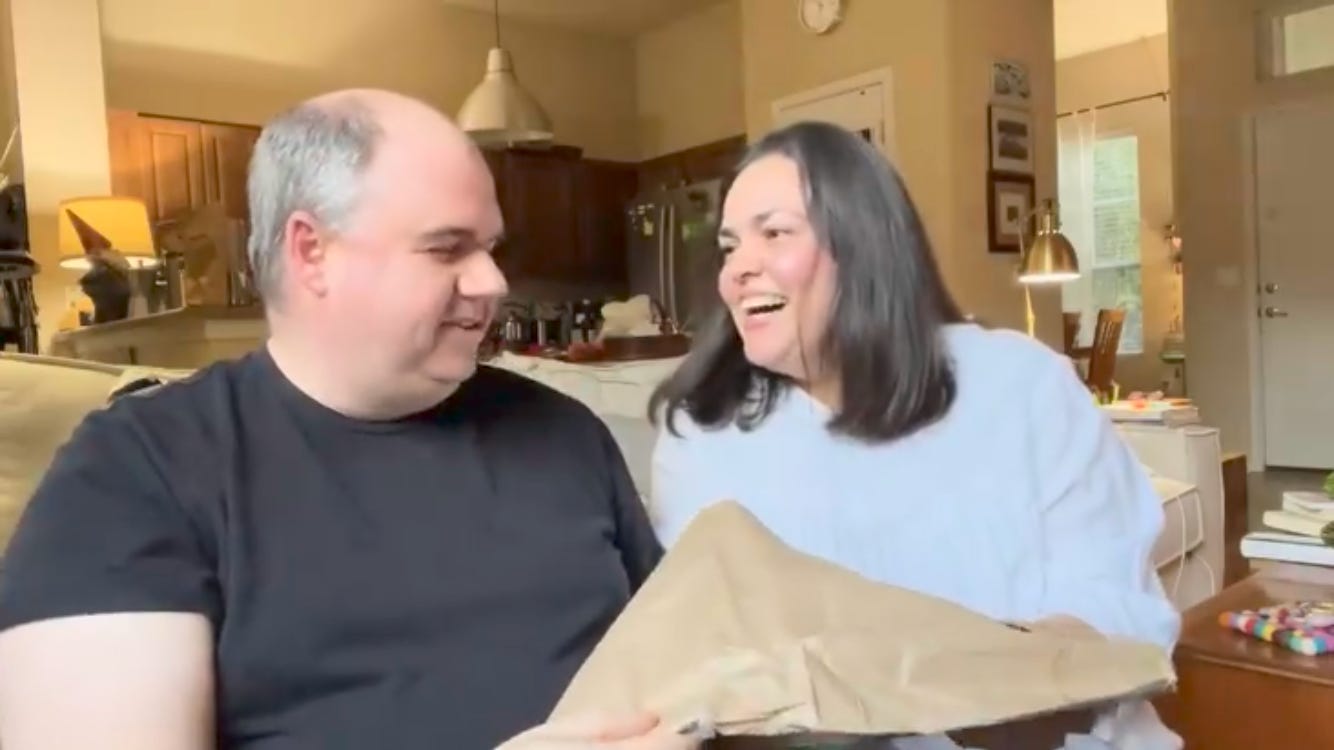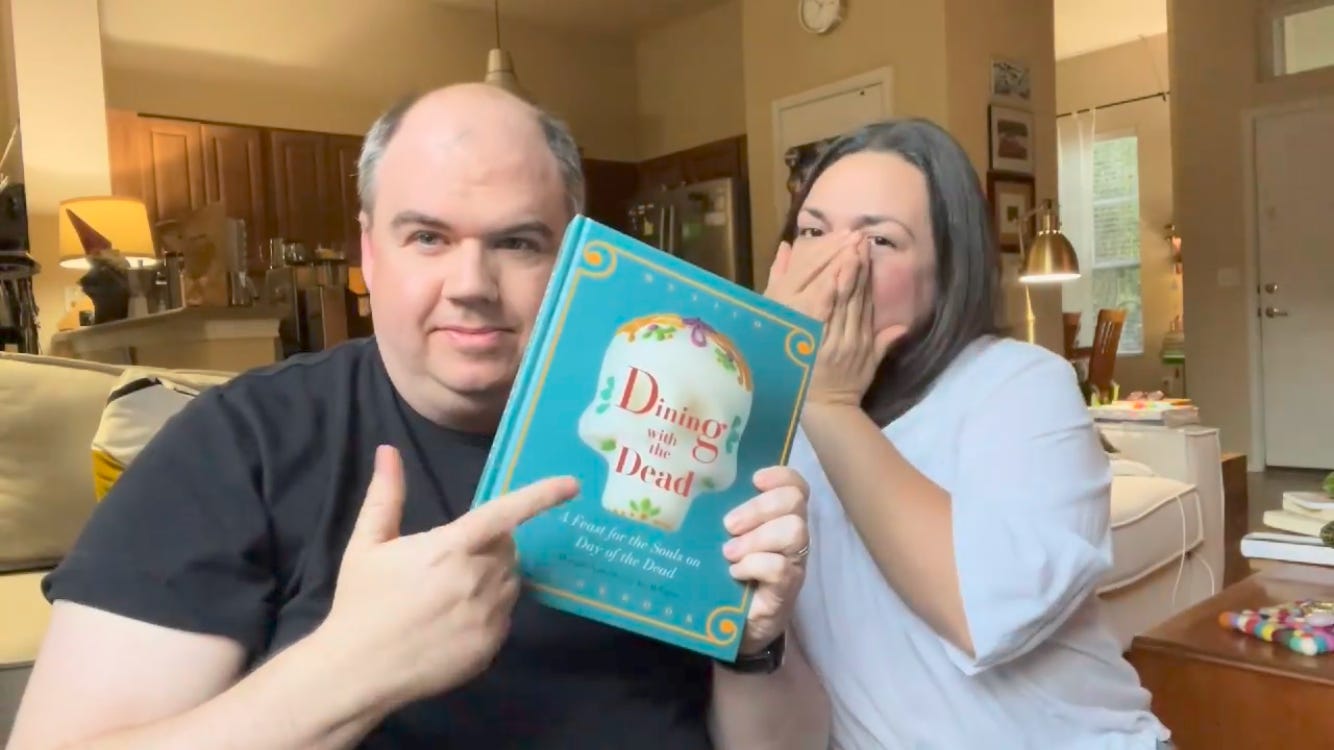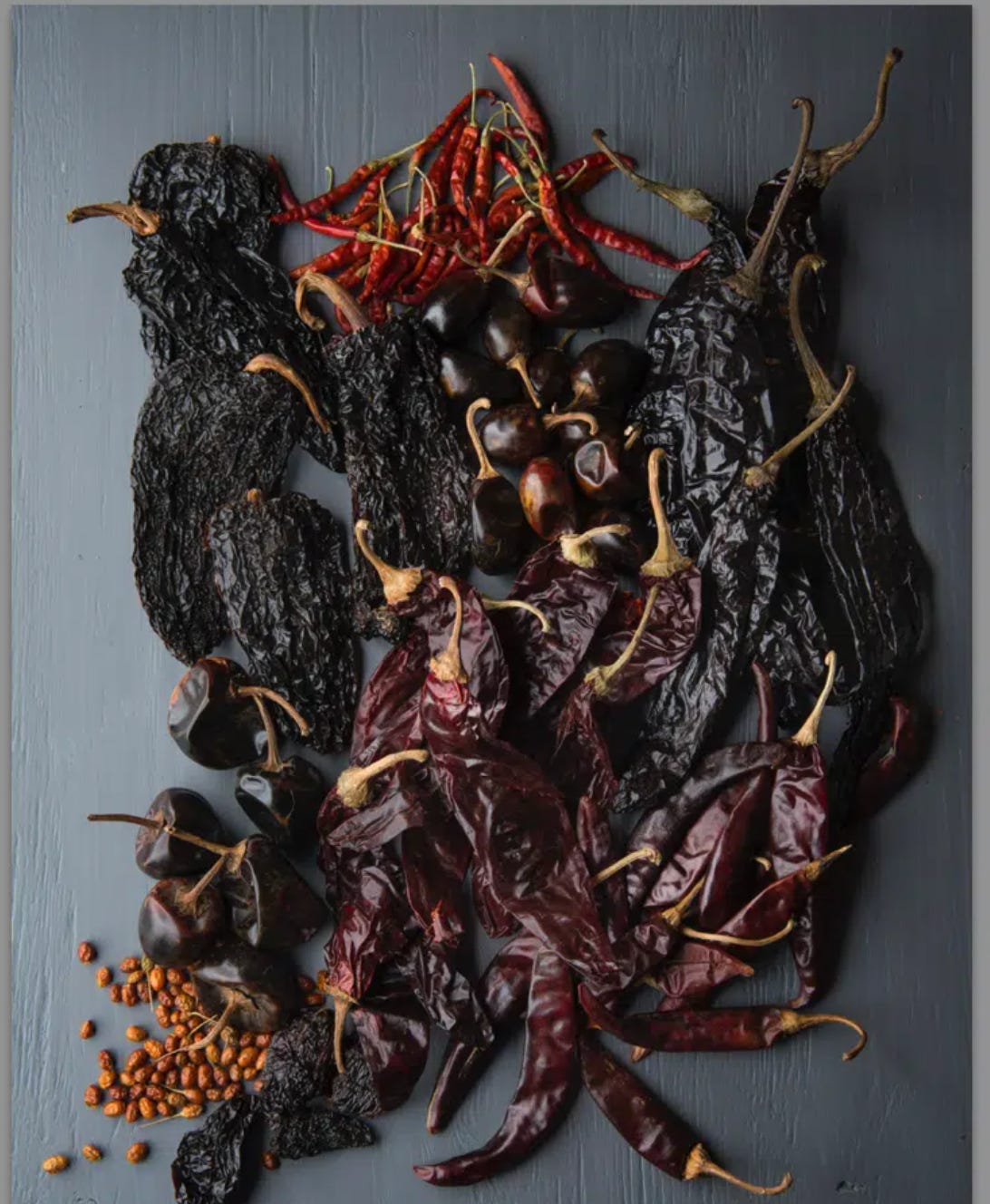Meet the Austin food bloggers behind 'Dining with the Dead'
Long-awaited cookbook helps us celebrate our ancestors and our grief during this special time of year.
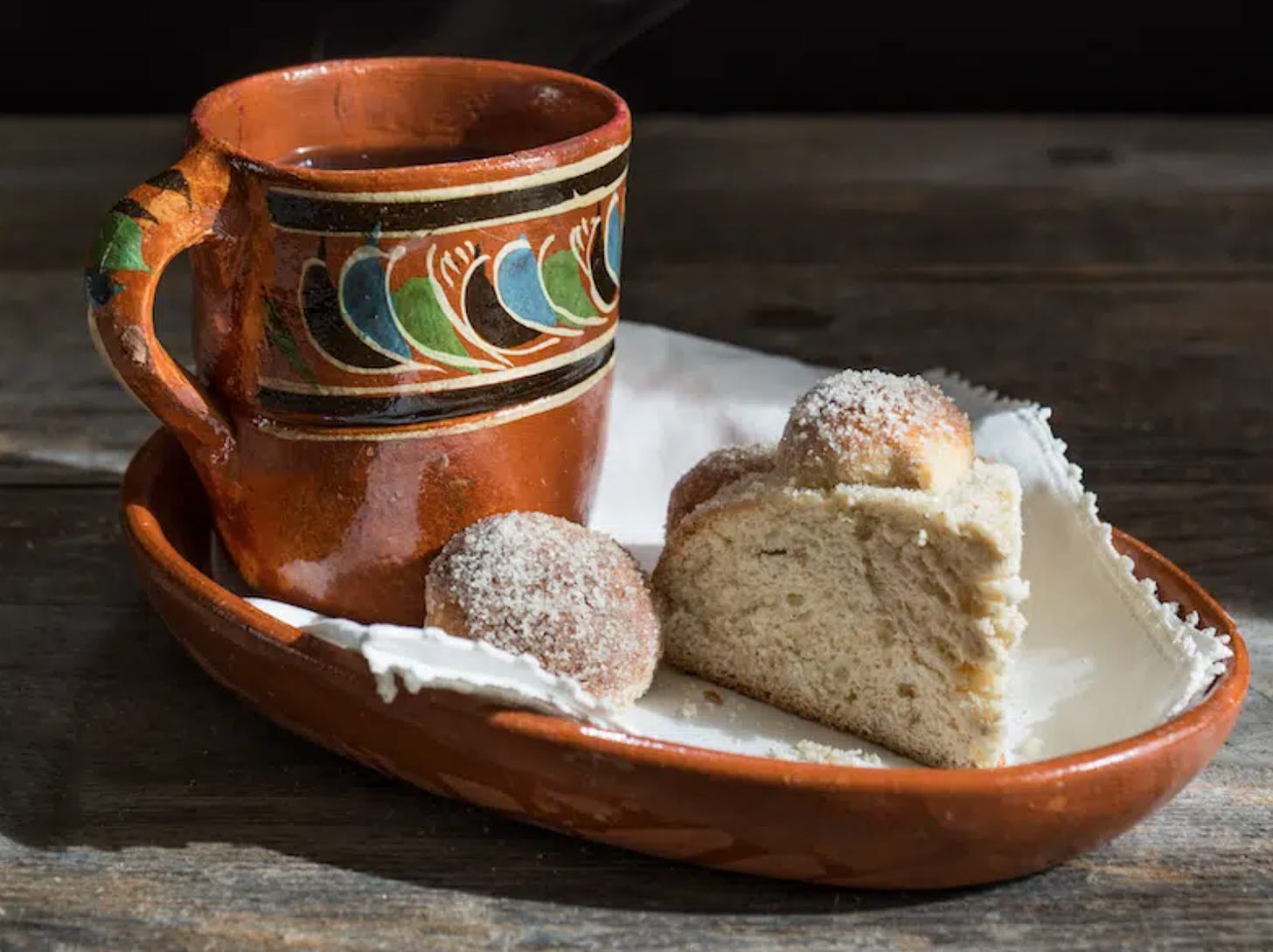
Day of the Dead isn’t merely a holiday. It’s a cultural experience. An annual celebration of ancestors, ancestral healing and what it means to live with grief.
When Mariana Nuño-Ruiz McEnroe was growing up in Guadalajara, Dia de Los Muertos was a highlight of the year. An excuse to make your loved ones’ favorite meals and speak their names.
She’s one of the Austin-based authors of “Dining with the Dead: A Feast for the Souls on Day of the Dead,” new book on Mexican food and Dia de Los Muertos, probably wouldn’t have met if not for an online photography group back in the mid-2000s.
Mariana McEnroe was living with her mom in Yuma, where she was attending culinary school and taking a break from her architecture career in Mexico. Ian McEnroe was living in Austin and working as a photography professional.

“We started talking on MySpace because I asked him about a camera that I wanted to take to Cabo,” where her uncle had a restaurant that she helped out at during the summers. Ian McEnroe had no problem telling her which model she should get, and he was surprised when the conversation continued beyond photography. As they got to know each other via chat and email, they realized that there was a bond forming between them.
“Eventually, we were spending time on the phone, and this went on for several months so we decided to meet in person,” Ian McEnroe says. “Long story short, I flew to Phoenix and stayed in Yuma for a week.”
This was over Easter weekend, when Ian met her entire family. “It was really wonderful. We fell in love on that trip,” he says.
It’s also when she cooked her first meal for him: chilaquiles. “I’d never eaten anything remotely like it. I watched her prepare it, and I was like ‘Wow, things don’t just come out together like that for me in the kitchen’,” he says. “I knew she could cook, but I had an instant appreciation for how good her cooking was.”
“I always liked to eat good food, but I didn’t have the faintest idea of what Mariana was capable of when we were dating online,” Ian McEnroe says.
They got engaged that Christmas and the following year, in 2008, Mariana moved to Austin, where she started working in the food industry at places like Central Market, Con Olio, 2 Dine 4 catering company and the Make It Sweet baking shop.
In 2013, she decided to stay at home and start a food blog where she could show off her recipes and Ian’s photos. Yes, More Please! quickly became a top Austin food blog. That fall, they posted a pan de muerto recipe that went viral, and a publisher reached out about doing a cookbook about foods associated with Day of the Dead.
Mariana McEnroe had been a cook for many years, including during her architecture days, when she was often cooking for her friends. She would cook romantic dinners for the couples in her life at no charge to them. “I was always investigating and reading. I loved cooking alongside the architecture.”
Ian studied fine arts at UT and continues to paint, so he applied some of those composition skills to his food photography, which is demonstrated in more than 200 photos throughout the book.
He continued to work full time at Precision Cameras while Mariana developed recipes and blog content at home. They styled and photographed the recipes on the weeknights and weekends. After they got the book deal, they started producing enough content for the website and the cook, taking on the photo editing and layout, as well.
The result is a book as vibrant as they are.
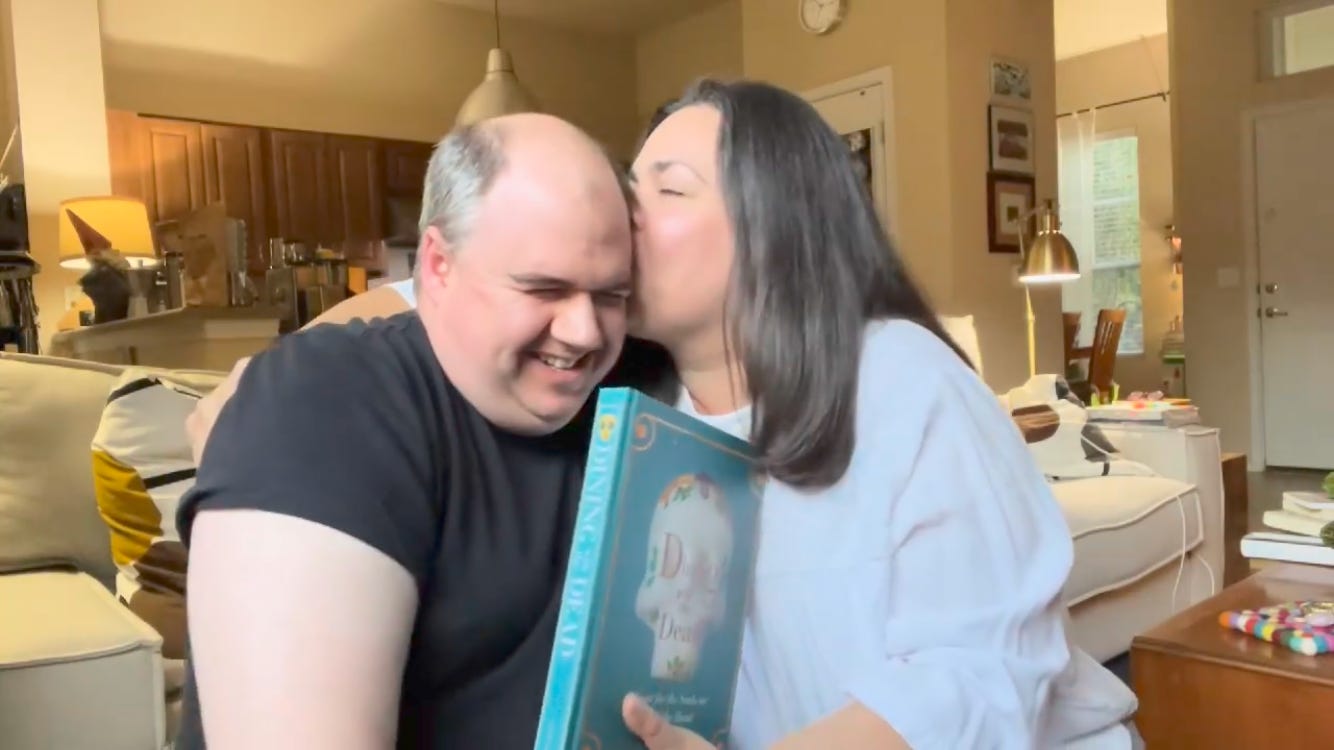
“It feels like a very special achievement to portray my culture in the most accurate way that I can being here in the States,” Mariana McEnroe says. “I have seen so many things that are just not what I grew up with. I tried as much as possible to get away from Americanized and commercialized Mexican food.
Mariana McEnroe explains that Dia de los Muertos isn’t about not feeling the pain of death. “We suffer the dead as any other culture in the world, but the only difference is that we celebrate it every year so we can have a chance to remember them in a different way.”
“These dishes make us feel very alive, to remember the things they loved, the life they had. That’s the sad part, too,” she says.
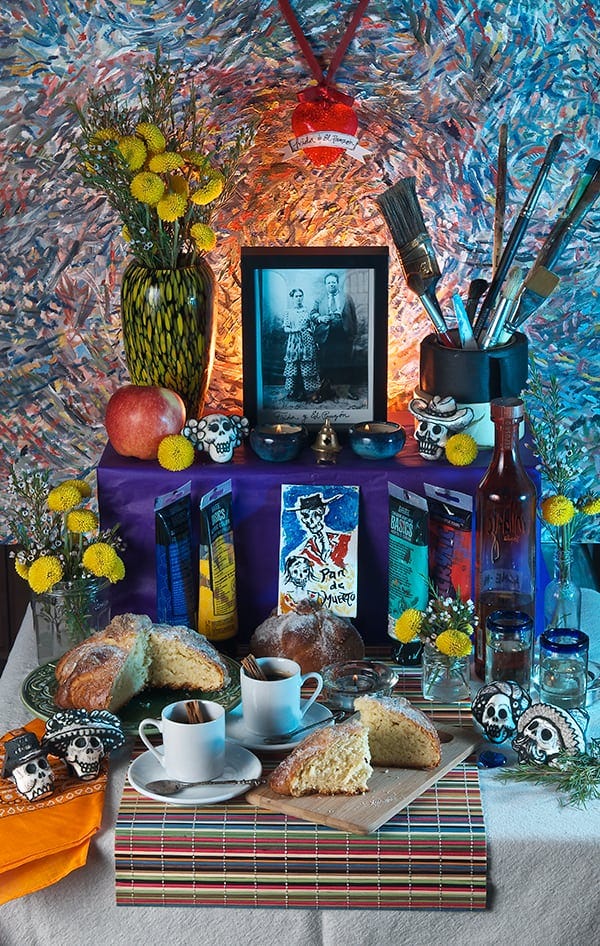
The couple traveled to Mexico during the course of writing the book, but most of the ingredients for the cookbook came from Austin grocery stores and markets. Mariana McEnroe wrote an entire chapter on ingredients, specifically the different types of chiles and where to buy them.
McEnroe says that the dishes she picked for the cookbook are ones that would traditionally be prepared during this time of year or for special occasions. These aren’t the 20-minute weeknight dishes, but they are the foods that your loved one would make for you on your birthday or graduation.
“We cook very seasonal in Mexico, but the good news is that we have almost the same availability in Austin,” she says, especially at markets including Fiesta and La Michoacana.
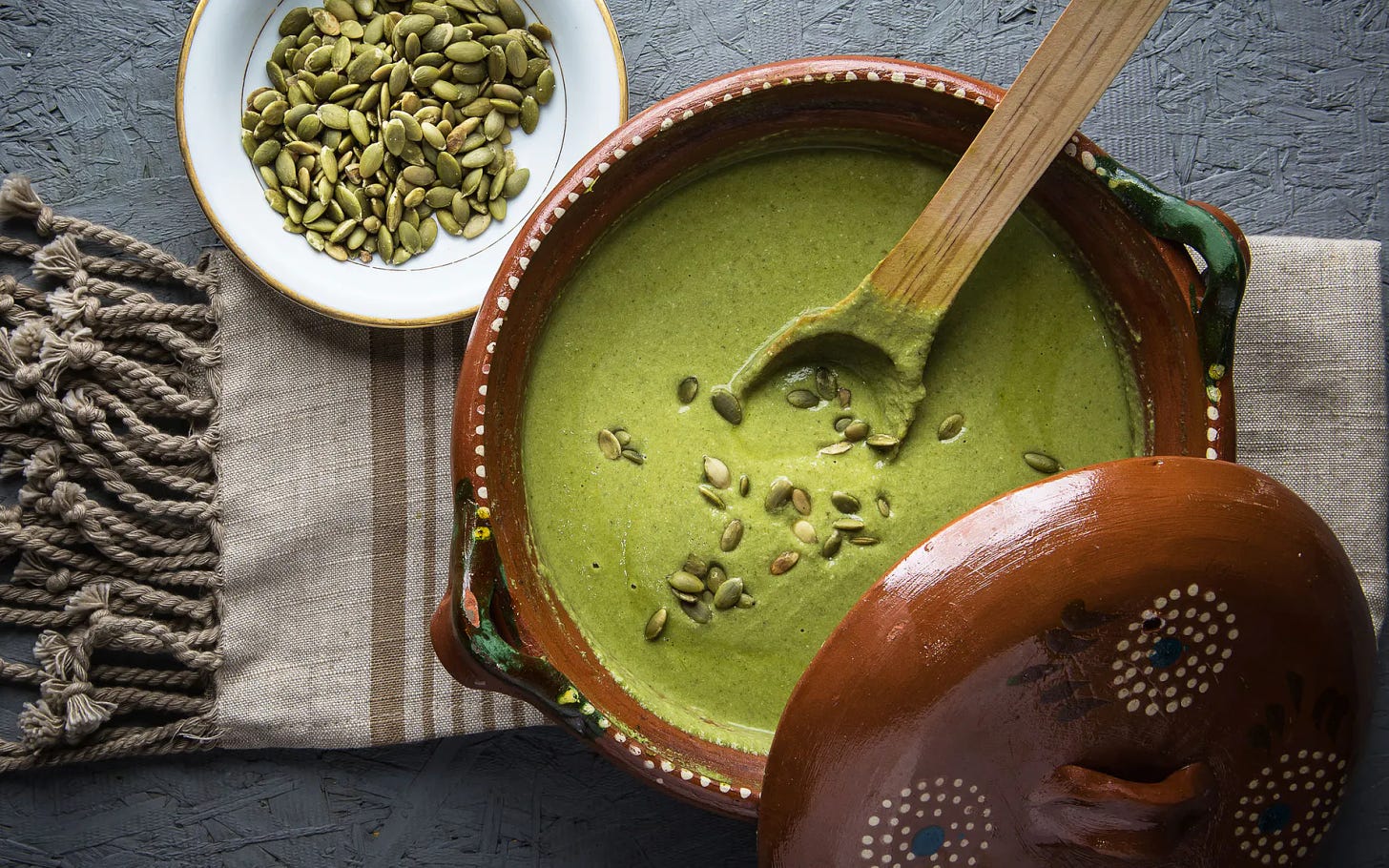
It pained the authors to watch several Day of the Dead-themed movies come out over the years while they were writing the book, but they knew that each one, especially “Coco,” which won an Oscar for best animated film in 2018, was introducing this aspect of Mexican culture to many people who only knew it as the “Mexican Halloween,” which is incorrect at best and disrespectful at worst.
Ian McEnroe was once a white American who didn’t know much about pan de muerto, ofrendas and mole. “I’m a guy who grew up celebrating Halloween every year, and I didn’t know what to make of it...because there’s no context for Dia de los Muertos in this culture because we don’t have a thing like it. We remember our family in all different ways in the U.S. but we don’t have a tradition of saying, ‘Let’s all get together and spend time celebrating these people at this time of year’.”
“Dia de los Muertos gives you the opportunity to remember the people and keep their memory alive,” she says. When you put up a photo of grandpa and make his favorite food, the act of doing so invites your family to sit down and talk about him.
Mariana McEnroe has already set up the family’s altar this year with photos of her loved ones, a few candles and, of course, some sugar skulls. “We will dedicate the ofrenda to our family just like every year,” she says. “Our dear dog Sophie passed last March during the Texas freeze, so we are including her on the ofrenda,” including a piece of bacon.
“It’s a deep and meaningful thing to talk about your ancestors. It honors them in a way that’s hard to explain.”
______________________________________________________
Thanks for your Substack support! I have been enjoying telling readers about new and not-so-new things going on in my life and in my little corner of Austin.
If this newsletter if something you’ve been enjoying, tell a friend!
Not a week goes by that I don’t hear from someone who tells me they miss reading my stuff in the Statesman, and then I get to tell them about this Substack newsletter. It’s not exactly the same, but I hope it gives you a little taste of what’s going on in my world and what’s on my radar.
I’ll see you next week with another new Feminist Kitchen post, and in the meantime, check out the latest episode of “Class Reunion: The Podcast” or sign up for a 1:1 tarot and ancestral healing session with me.
Also, if you’re interested to learn more about this emergent strategy business that I talk about from time to time, check out a virtual book club I’m hosting on “Emergent Strategy” by Adrienne Maree Brown that starts on Oct. 27.
And finally, thanks to Austonia for sharing my story about Reverie Books earlier this week and to the Moody College of Communication for having me on campus today to talk about journalist brand-building in the digital age. You know I’ll be talking about The Feminist Kitchen, so thanks for being part of it. ❤️
Addie
READ MORE:



